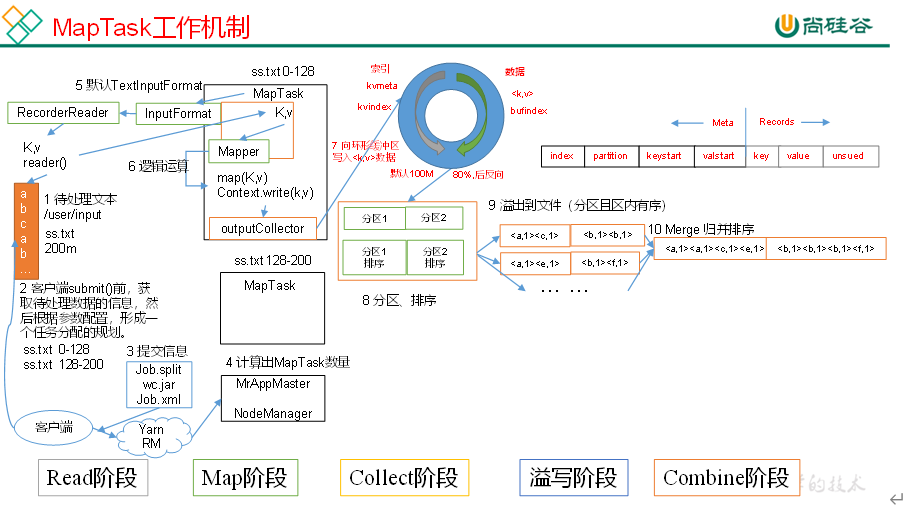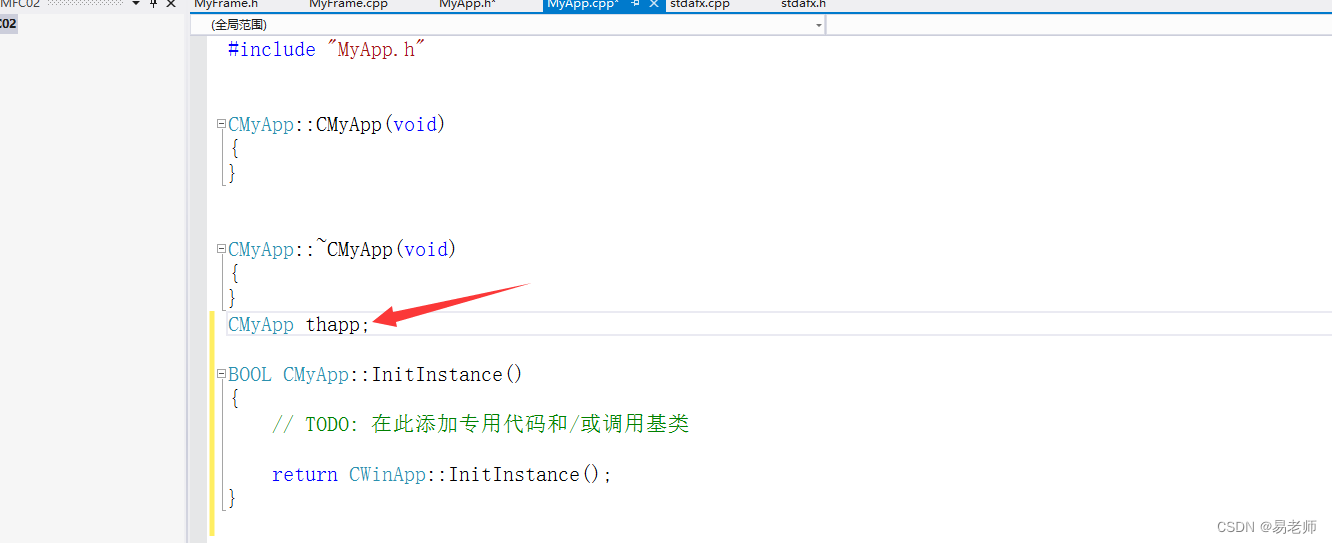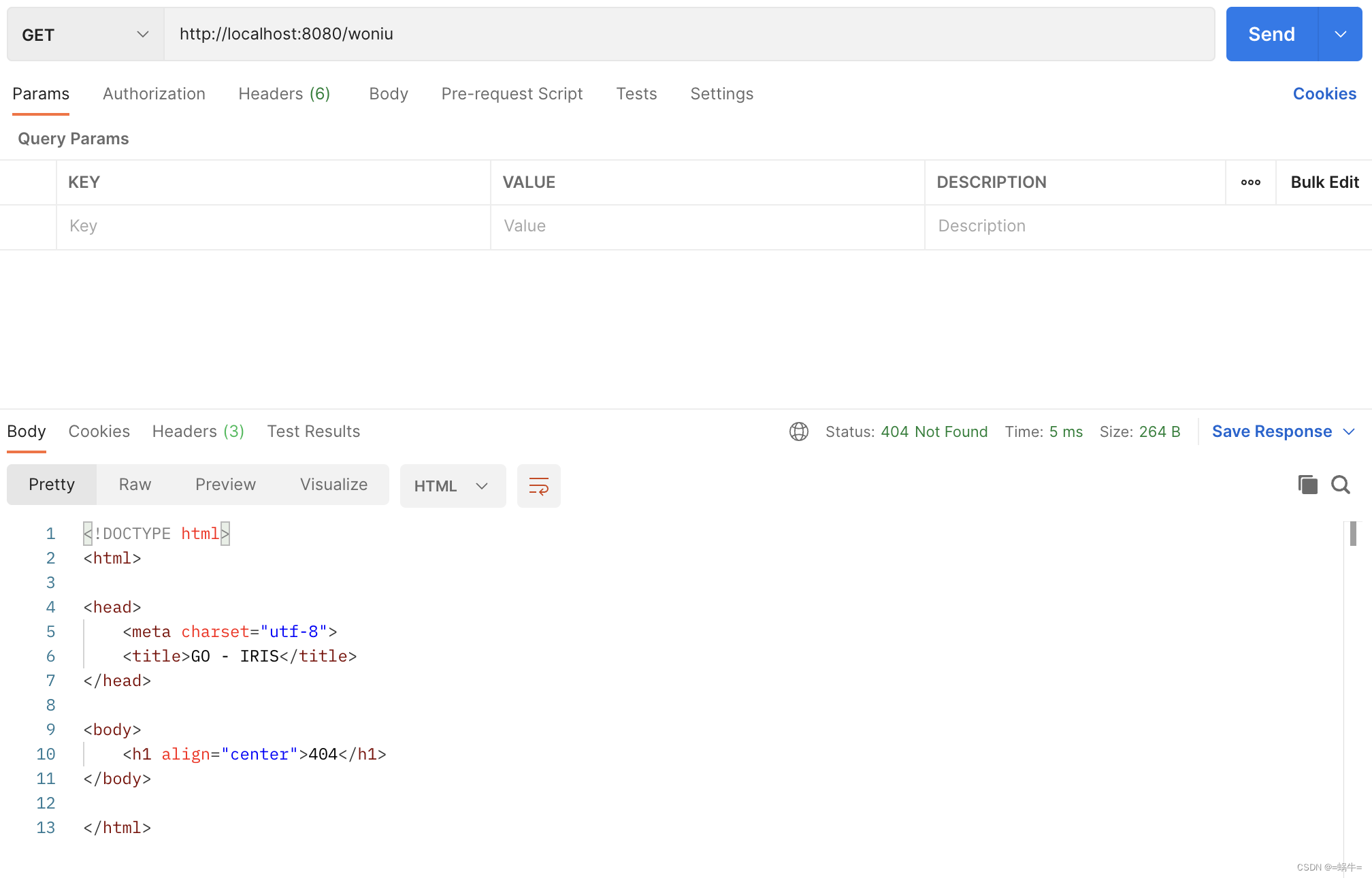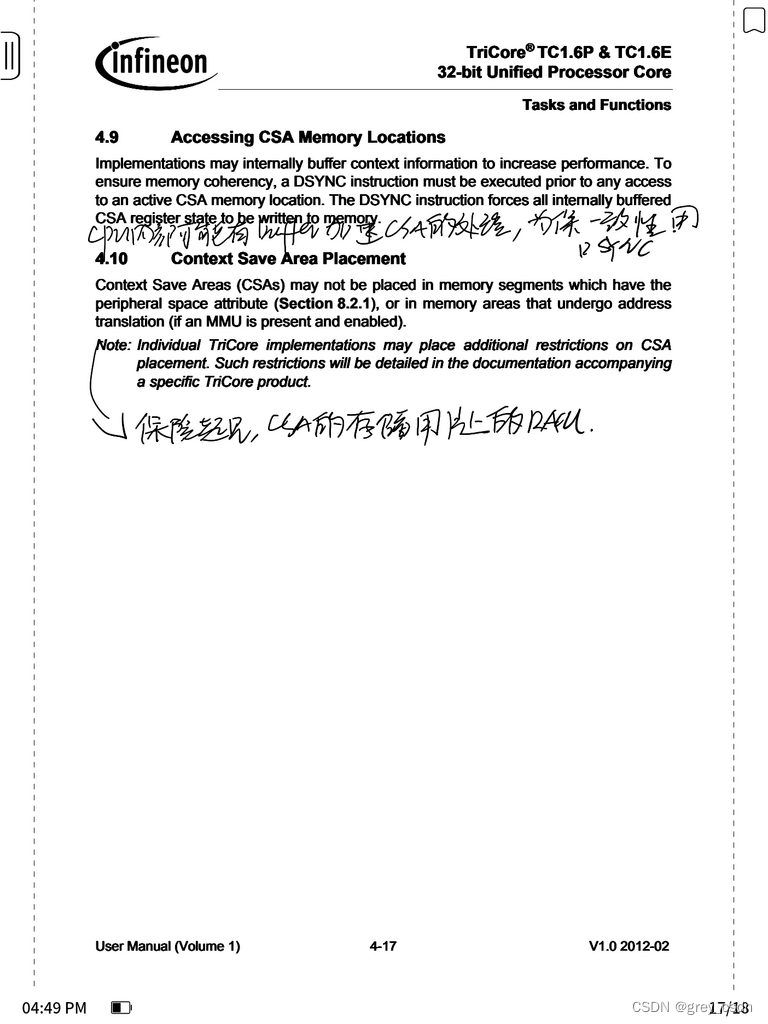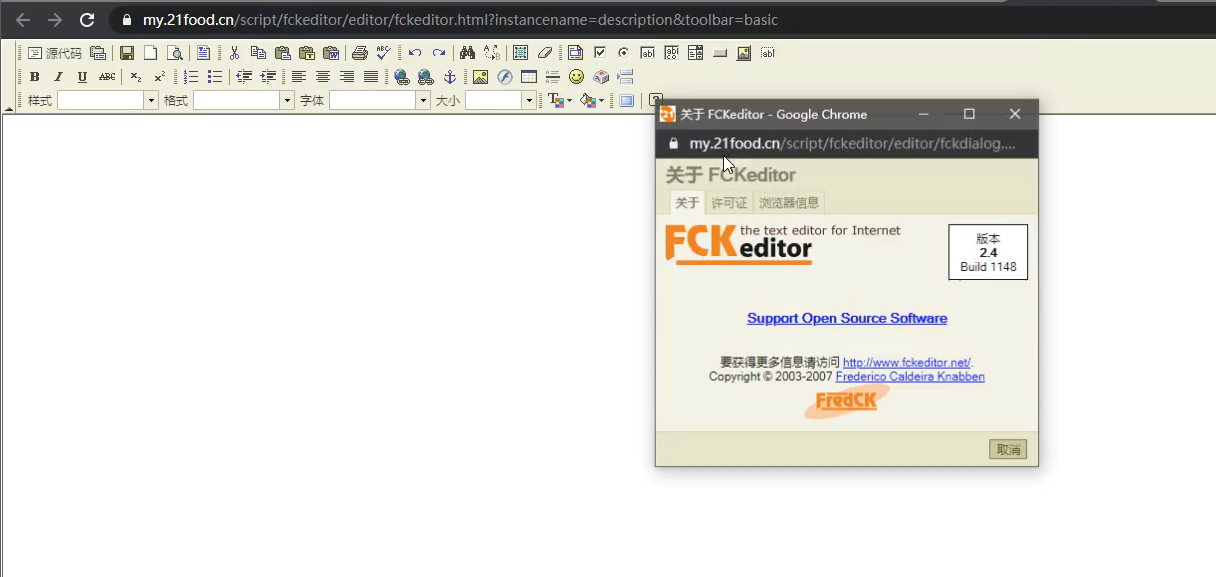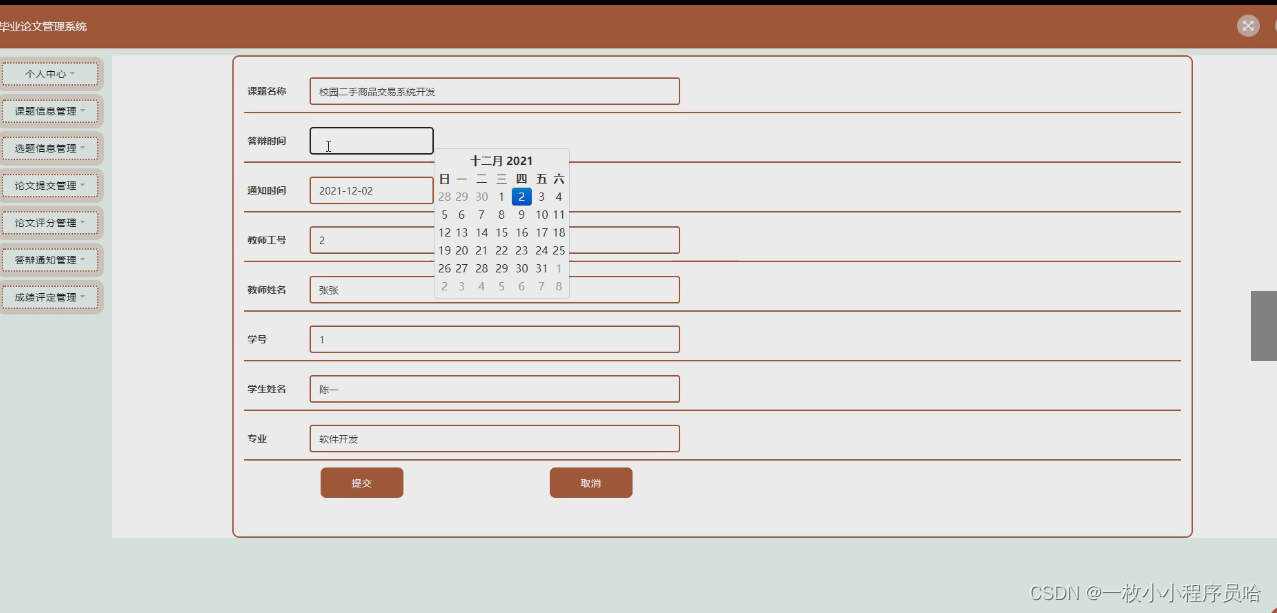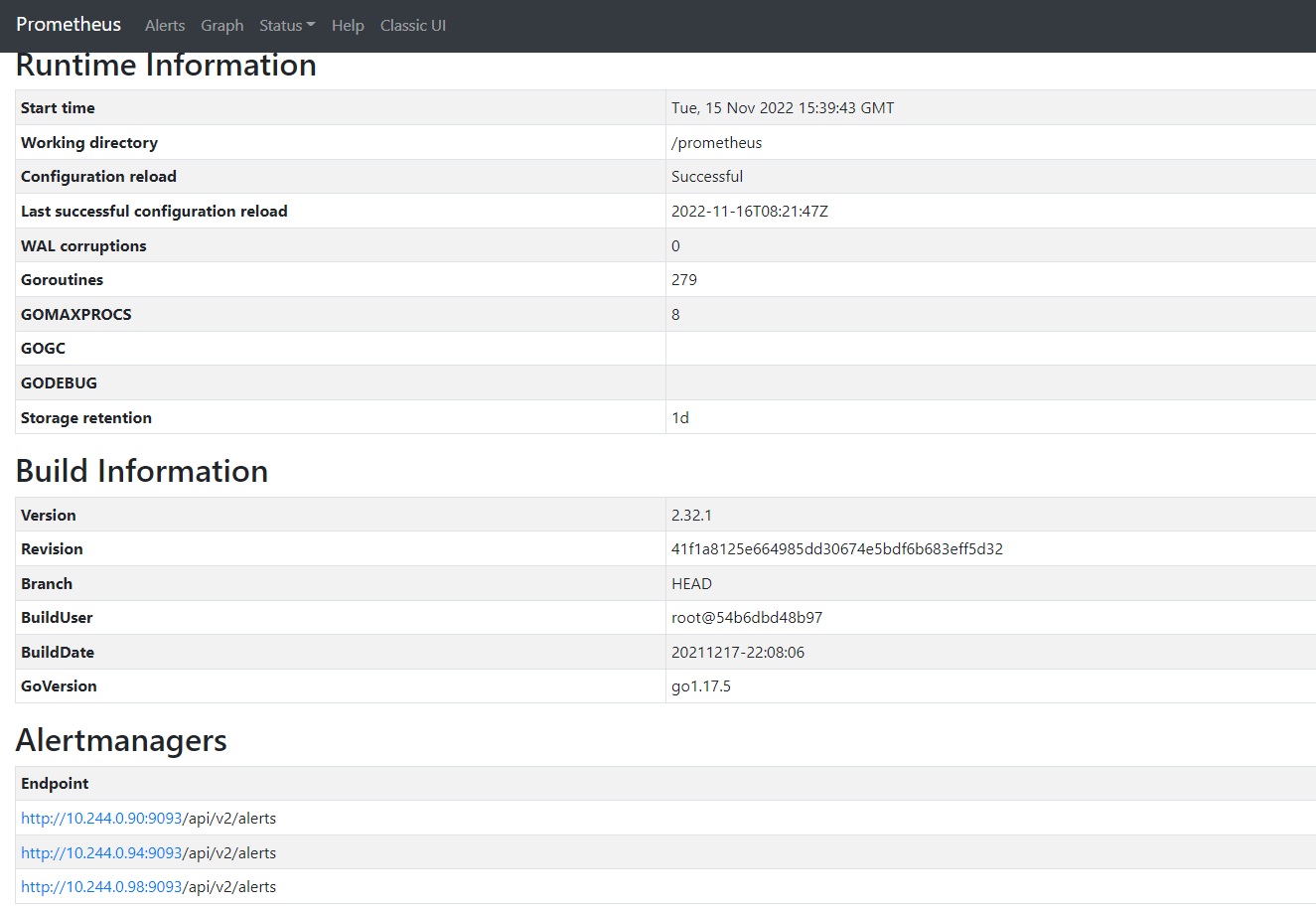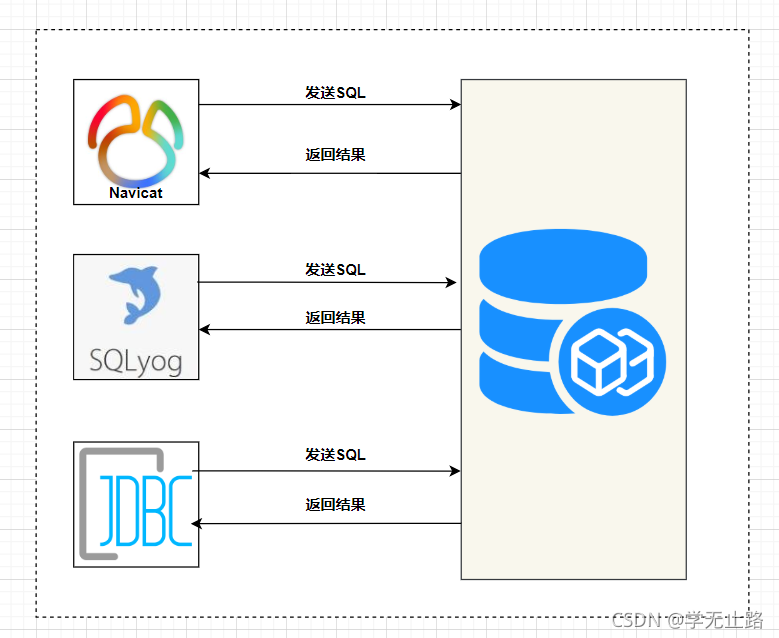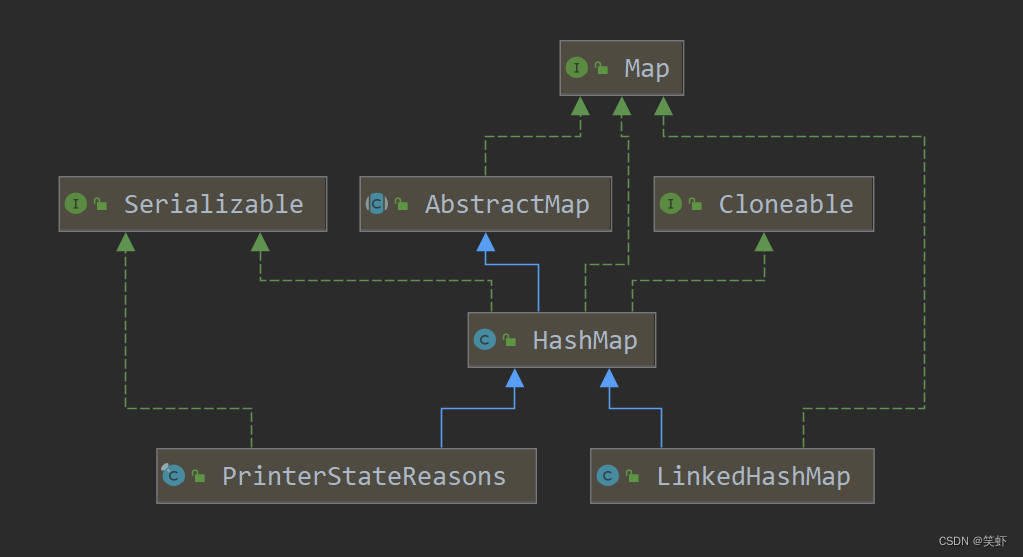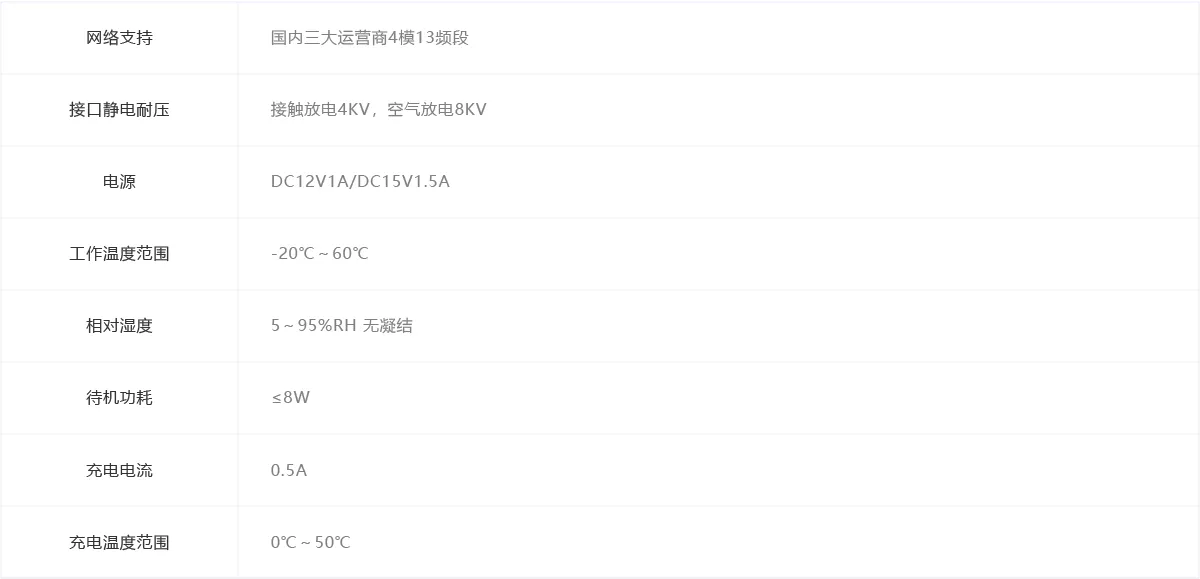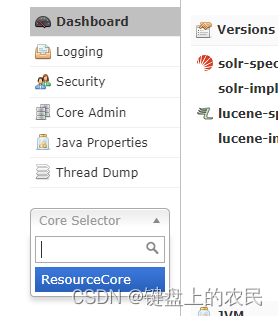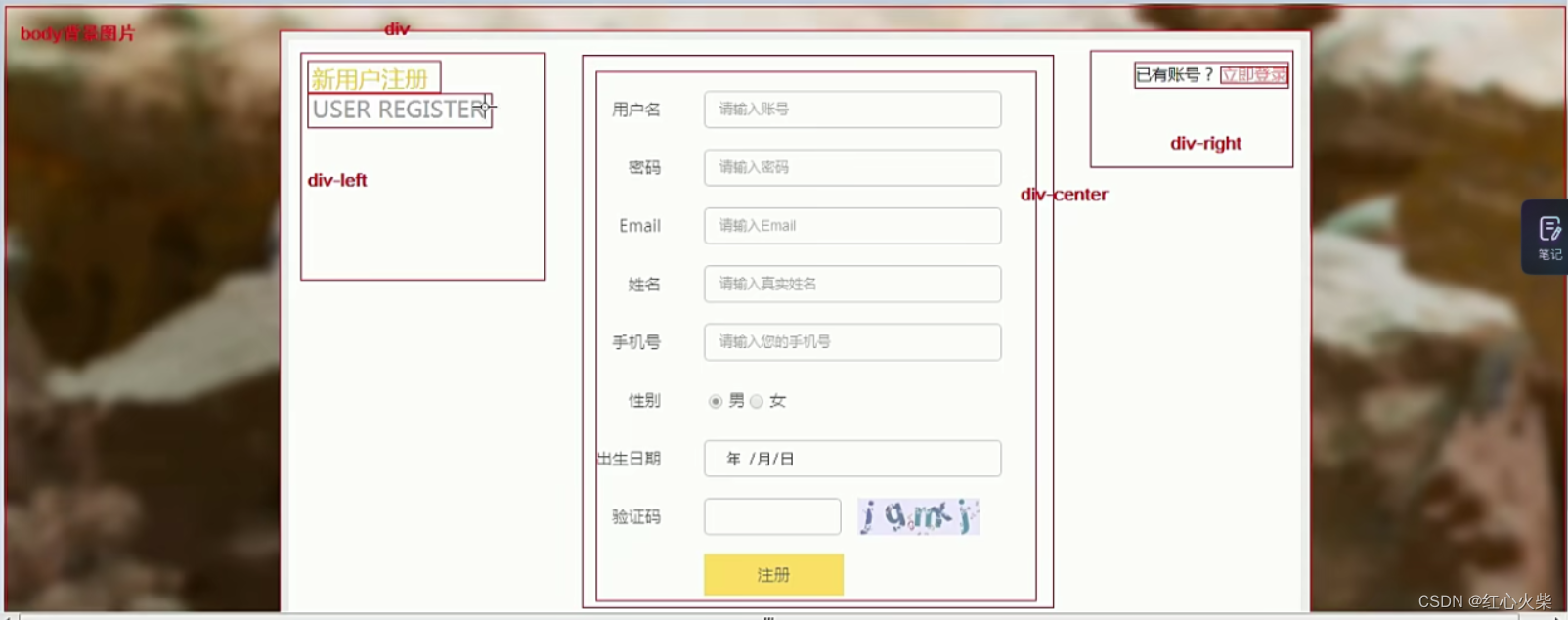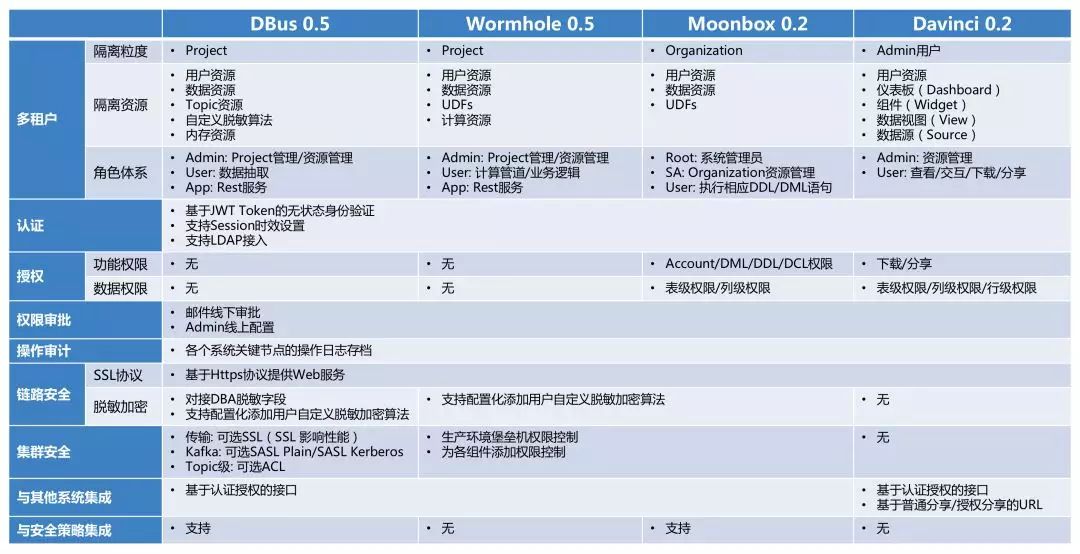目录
- 前置
- pom
- 配置
- 示列代码
- 效果图
- 部分源码
- 关键类
- 流程
- 代码描述 (此类无用, 只是备注源码的逻辑)
前置
什么是springcache:
通过注解就能实现缓存功能, 简化在业务中去操作缓存
Spring Cache只是提供了一层抽象, 底层可以切换不同的cache实现. 通过CacheManager接口来统一不同的缓存技术
会演示springcache的使用方式
项目地址: https://gitee.com/xmaxm/test-code/blob/master/chaim-cache/chaim-spring-cache/chaim-spring-cache-jdk/README.md
注意点
官网地址:
https://docs.spring.io/spring-framework/docs/current/reference/html/integration.html#cache
默认方式是使用ConcurrentMap进行数据的保存, 下方有介绍
相关缓存文章
spring cache (默认方式)
spring cache (Redis方式)
spring cache (ehcache方式)
pom
<dependency>
<groupId>org.springframework.boot</groupId>
<artifactId>spring-boot-starter-cache</artifactId>
</dependency>
配置
启动类上添加注解
@EnableCaching
示列代码
/**
* @Cacheable: 参数释义
* value相当于缓存空间的名称, 而key相当于是一个缓存值的名字
* cacheManager和cacheResolver参数是互斥的, 指定这两个参数的操作会导致异常, 因为自定义cacheManager会被cacheResolver实现忽略
*
* key: 缓存的 key, 可以按 SpEL 表达式编写,为空时默认为方法的全参, 除非配置了 keyGenerator
* value(cacheNames): 缓存的名称, 可以多个
* keyGenerator: key 的生成器. key 和 keyGenerator 二选一使用
* cacheManager: 指定缓存管理器. 从哪个缓存管理器里面获取缓存
* cacheResolver: 管理缓存管理器, CacheResolver 保持一个 cacheManager 的引用,并通过它来检索缓存
* condition: 该参数采用SpEL计算为 true 或者 false. true: 缓存该方法 false: 不被缓存
* unless: 与 condition 不同的是,unless表达式是在方法被调用后计算. true: 缓存该方法 false: 不被缓存
* sync: 简单点讲, 避免瞬时流量涌入直接打入数据库. true: 可以有效的避免这种情况(缓存击穿)
*/
@RequestMapping(value = "/{id}", method = RequestMethod.GET)
@ResponseBody
@Cacheable(value = "selectById", key = "#id", sync = true)
public Object selectById(@PathVariable("id") Long id) {
return sysUserService.selectById(id);
}
/**
* @Cacheable: 使用多参数指定 key
*/
@RequestMapping(value = "/page", method = RequestMethod.GET)
@ResponseBody
@Cacheable(value = "selectPage", key = "#page + '-' + #size")
public Object selectPage(@RequestParam(value = "page", required = true) Integer page,
@RequestParam(value = "size", required = true) Integer size) {
return sysUserService.selectPage(page, size);
}
/**
* @CacheEvict: 补充参数释义, 其余参数可参考 @Cacheable
*
* allEntries: 是否删除缓存中的所有条目. 默认情况下, 只移除相关键下的值. 注意: 参数设置为 true 会忽略key
* beforeInvocation: 是否应该在调用方法之前进行驱逐.
* true: 将导致不管方法结果如何(是否抛出异常)都将发生驱逐. 调用方法之前发生
* false(默认值): 意味着在成功调用方法后, 缓存清除操作将发生(即仅当调用没有抛出异常时)。
*
* 使用释义:
* 新增数据, 查询时可自行加入缓存
* 分页的情况, 会导致已缓存的分页数据结构异常, 清空分页数据, 从新加入缓存
*/
@RequestMapping(value = "/insert", method = RequestMethod.POST)
@ResponseBody
@CacheEvict(value = "selectPage", allEntries = true, beforeInvocation = true)
public Object insert(@Validated @RequestBody SysUserDTO.InsertSysUserDTO insertSysUserDTO) {
return sysUserService.insert(insertSysUserDTO);
}
/**
* @CachePut: 可参考 @Cacheable
* 将返回结果更新至对应的缓存, 需要指定 key
* @Caching:
* 将多个注解进行组合使用, 支持: Cacheable, CachePut, CacheEvict
*
* 使用释义:
* 该方法根据ID更新, 将返回结果更新至对应的缓存, 使用 @CachePut
* 数据更新了, 但是分页的接口也使用了缓存, 但是分页的参数存在条数页数, 故将分页的缓存进行清空处理, 使用 @CacheEvict
*/
@RequestMapping(value = "/update", method = RequestMethod.PUT)
@ResponseBody
@Caching(
put = @CachePut(value = "selectById", key = "#updateSysUserDTO.id"),
evict = @CacheEvict(value = "selectPage", allEntries = true, beforeInvocation = true)
)
public Object update(@Validated @RequestBody SysUserDTO.UpdateSysUserDTO updateSysUserDTO) {
return sysUserService.update(updateSysUserDTO);
}
/**
* @CacheEvict:
* 删除接口, 建议配置allEntries = true, 指定 key 可能无法指定清除复杂缓存, 如分页的缓存
*
* 使用释义:
* 清空缓存, 这个地方可以使用组合注解: @Caching 根据ID清除指定的缓存(根据ID查询接口添加的缓存),
* 在清除所有的分页缓存. (@Caching(evict={@CacheEvict(自行补充), @CacheEvict(自行补充)})
* 删除对应的数据, 肯定要处理对应的缓存. 入参ID可通过指定 key 清除指定的缓存
* 但是分页接口无法通过入参进行指定的缓存清除, 故干脆配置 allEntries = true 清除所有缓存
*/
@RequestMapping(value = "/{id}", method = RequestMethod.DELETE)
@ResponseBody
@CacheEvict(value = {"selectById", "selectPage"}, allEntries = true, beforeInvocation = true)
public Object deleteById(@PathVariable("id") Long id) {
return sysUserService.deleteById(id);
}
效果图
部分源码
关键类
关键类: org.springframework.cache.Cache
org.springframework.cache.interceptor.CacheInterceptor#invoke
org.springframework.boot.autoconfigure.cache.CacheAutoConfiguration
实现类: org.springframework.cache.concurrent.ConcurrentMapCache
流程
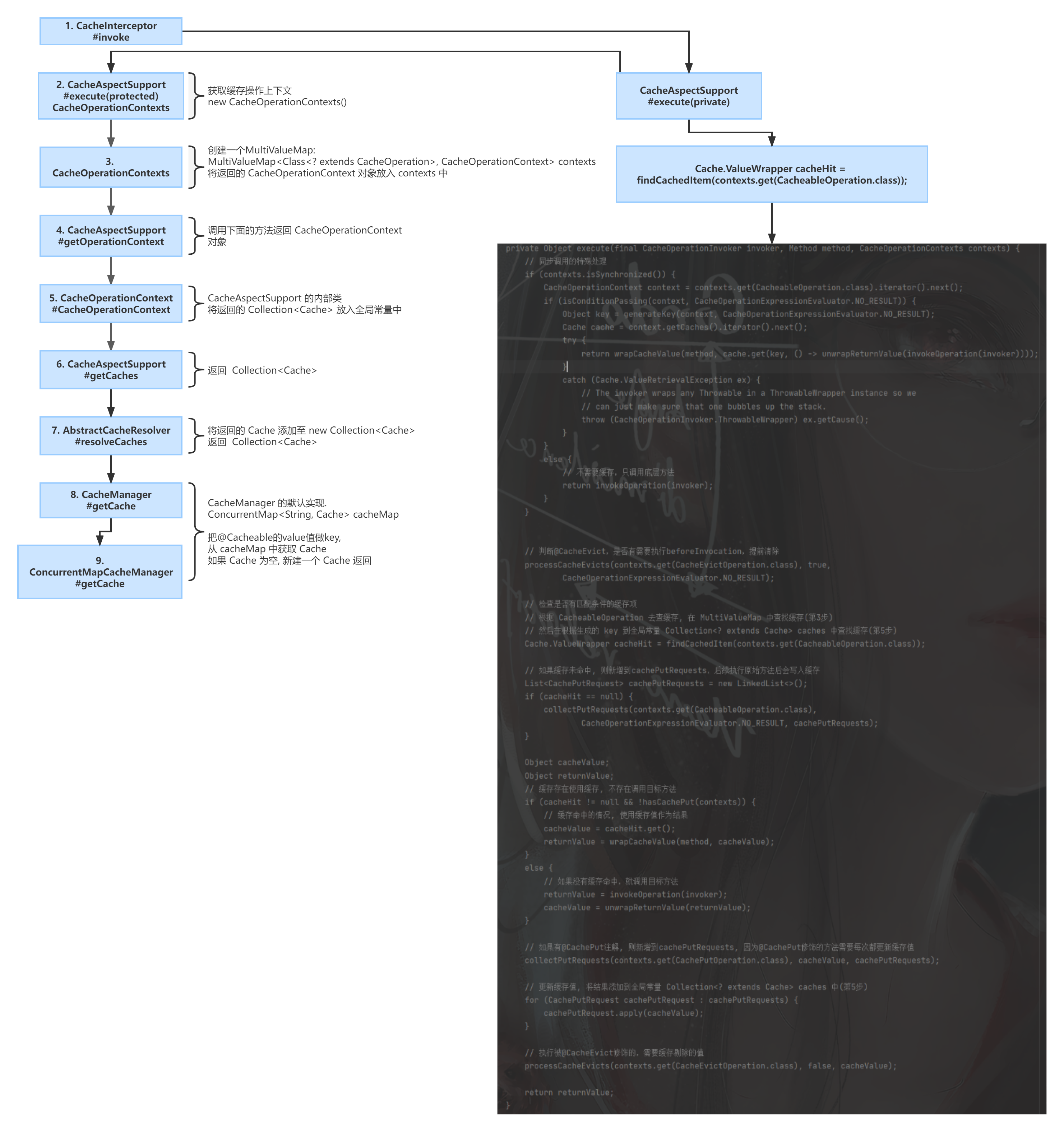

代码描述 (此类无用, 只是备注源码的逻辑)
MyCacheAspectSupport.java 此类无用, 只是备注源码的逻辑:
package com.chaim.spring.cache.config;/*
* Copyright 2002-2019 the original author or authors.
*
* Licensed under the Apache License, Version 2.0 (the "License");
* you may not use this file except in compliance with the License.
* You may obtain a copy of the License at
*
* https://www.apache.org/licenses/LICENSE-2.0
*
* Unless required by applicable law or agreed to in writing, software
* distributed under the License is distributed on an "AS IS" BASIS,
* WITHOUT WARRANTIES OR CONDITIONS OF ANY KIND, either express or implied.
* See the License for the specific language governing permissions and
* limitations under the License.
*/
import java.lang.reflect.Method;
import java.lang.reflect.Proxy;
import java.util.ArrayList;
import java.util.Collection;
import java.util.Collections;
import java.util.LinkedList;
import java.util.List;
import java.util.Map;
import java.util.Optional;
import java.util.concurrent.ConcurrentHashMap;
import java.util.function.Supplier;
import org.apache.commons.logging.Log;
import org.apache.commons.logging.LogFactory;
import org.springframework.aop.framework.AopProxyUtils;
import org.springframework.aop.support.AopUtils;
import org.springframework.beans.factory.BeanFactory;
import org.springframework.beans.factory.BeanFactoryAware;
import org.springframework.beans.factory.InitializingBean;
import org.springframework.beans.factory.NoSuchBeanDefinitionException;
import org.springframework.beans.factory.NoUniqueBeanDefinitionException;
import org.springframework.beans.factory.SmartInitializingSingleton;
import org.springframework.beans.factory.annotation.BeanFactoryAnnotationUtils;
import org.springframework.cache.Cache;
import org.springframework.cache.CacheManager;
import org.springframework.cache.interceptor.*;
import org.springframework.context.expression.AnnotatedElementKey;
import org.springframework.core.BridgeMethodResolver;
import org.springframework.expression.EvaluationContext;
import org.springframework.lang.Nullable;
import org.springframework.util.Assert;
import org.springframework.util.ClassUtils;
import org.springframework.util.CollectionUtils;
import org.springframework.util.LinkedMultiValueMap;
import org.springframework.util.MultiValueMap;
import org.springframework.util.ObjectUtils;
import org.springframework.util.StringUtils;
import org.springframework.util.function.SingletonSupplier;
import org.springframework.util.function.SupplierUtils;
public abstract class MyCacheAspectSupport{
private Object execute(final CacheOperationInvoker invoker, Method method, CacheOperationContexts contexts) {
// 同步调用的特殊处理
if (contexts.isSynchronized()) {
CacheOperationContext context = contexts.get(CacheableOperation.class).iterator().next();
if (isConditionPassing(context, CacheOperationExpressionEvaluator.NO_RESULT)) {
Object key = generateKey(context, CacheOperationExpressionEvaluator.NO_RESULT);
Cache cache = context.getCaches().iterator().next();
try {
return wrapCacheValue(method, cache.get(key, () -> unwrapReturnValue(invokeOperation(invoker))));
}
catch (Cache.ValueRetrievalException ex) {
// The invoker wraps any Throwable in a ThrowableWrapper instance so we
// can just make sure that one bubbles up the stack.
throw (CacheOperationInvoker.ThrowableWrapper) ex.getCause();
}
}
else {
// 不需要缓存,只调用底层方法
return invokeOperation(invoker);
}
}
// 判断@CacheEvict,是否有需要执行beforeInvocation,提前清除
processCacheEvicts(contexts.get(CacheEvictOperation.class), true,
CacheOperationExpressionEvaluator.NO_RESULT);
// 检查是否有匹配条件的缓存项
// 根据 CacheableOperation 去查缓存, 在 MultiValueMap 中查找缓存(第3步)
// 然后在根据生成的 key 到全局常量 Collection<? extends Cache> caches 中查找缓存(第5步)
Cache.ValueWrapper cacheHit = findCachedItem(contexts.get(CacheableOperation.class));
// 如果缓存未命中, 则新增到cachePutRequests,后续执行原始方法后会写入缓存
List<CachePutRequest> cachePutRequests = new LinkedList<>();
if (cacheHit == null) {
collectPutRequests(contexts.get(CacheableOperation.class),
CacheOperationExpressionEvaluator.NO_RESULT, cachePutRequests);
}
Object cacheValue;
Object returnValue;
// 缓存存在使用缓存, 不存在调用目标方法
if (cacheHit != null && !hasCachePut(contexts)) {
// 缓存命中的情况, 使用缓存值作为结果
cacheValue = cacheHit.get();
returnValue = wrapCacheValue(method, cacheValue);
}
else {
// 如果没有缓存命中,就调用目标方法
returnValue = invokeOperation(invoker);
cacheValue = unwrapReturnValue(returnValue);
}
// 如果有@CachePut注解, 则新增到cachePutRequests, 因为@CachePut修饰的方法需要每次都更新缓存值
collectPutRequests(contexts.get(CachePutOperation.class), cacheValue, cachePutRequests);
// 更新缓存值, 将结果添加到全局常量 Collection<? extends Cache> caches 中(第5步)
for (CachePutRequest cachePutRequest : cachePutRequests) {
cachePutRequest.apply(cacheValue);
}
// 执行被@CacheEvict修饰的,需要缓存剔除的值
processCacheEvicts(contexts.get(CacheEvictOperation.class), false, cacheValue);
return returnValue;
}
}
